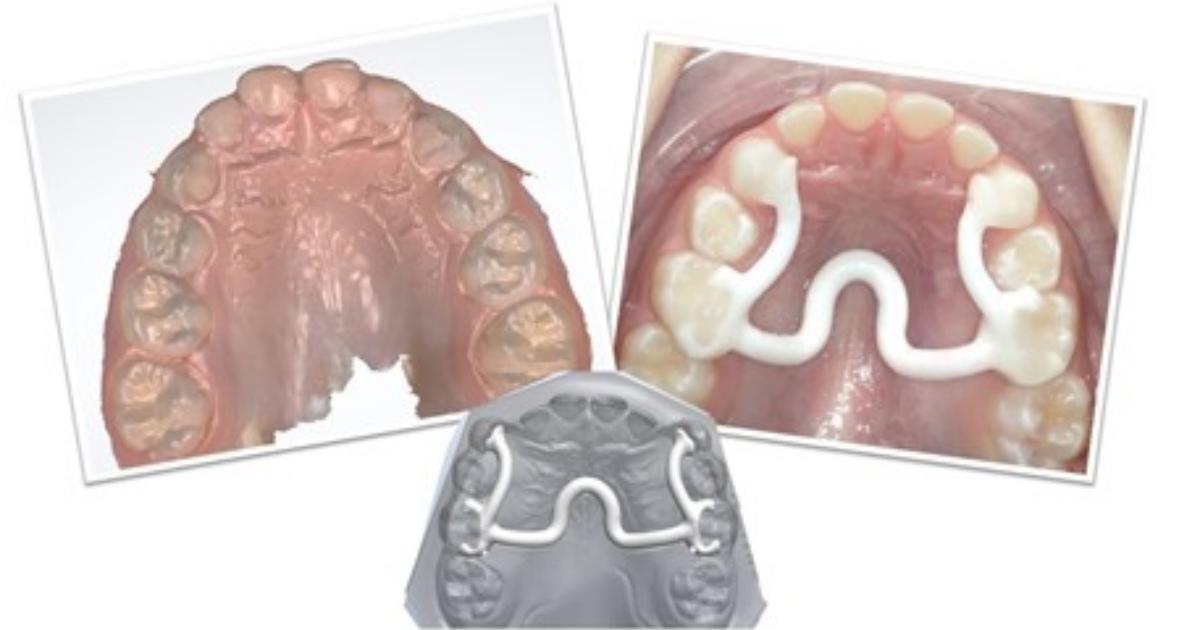Innovative Materials and Technologies in Paediatric Orthodontics: Quality of Life Beyond Digital
A special issue of Applied Sciences (ISSN 2076-3417). This special issue belongs to the section "Applied Dentistry and Oral Sciences".
Deadline for manuscript submissions: 20 April 2025 | Viewed by 1993

Special Issue Editors
2. Digital Paediatric Dentistry, University of L’Aquila, 67100 L'Aquila, Italy
3. Private Practice, 21100 Varese, Italy
Interests: digital ortho paediatric dentistry
Interests: oral surgery; implant dentistry; restorative dentistry; AI; systematic reviews; 3D imaging; computed tomography
Special Issues, Collections and Topics in MDPI journals
Special Issue Information
Dear Colleagues,
Pediatric orthodontics are evolving towards increasingly custom needs with the aim of obtaining even more predictable results in accordance with the best possible quality of life for our young patients and their families, thus configuring a paradigm shift towards orthodontic pediatrics. This progress cannot ignore the technology available, including artificial intelligence, which must be democratic and easy for everyone for it to be deemed innovation. Meanwhile, we must start by abandoning the term CAD-CAM and replacing it with CAD-CAT (computer-aided design—computer-aided technofacturing), which better describes the completely digital procedures that the latest generation devices can be created with. Evaluation of the average collaboration between children and the use of "Self" or pre-programmed orthodontic devices has led researchers in the orthodontics field to explore a horizon, wherein the protagonists are the new technopolymers. In cases of allergy or hypersensitivity to metals or for specific diseases (such as epilepsy, autism, or vascular problems), which may require periodic or emergency magnetic resonance imaging (MRI) of the cranial district, it may not be possible to use fixed traditional and metal appliance retainers (“special needs” patients). In this scenario, the quality of life and comfort of the child and family go beyond digital considerations
Dr. Matteo Beretta
Dr. Domenico Dalessandri
Guest Editors
Manuscript Submission Information
Manuscripts should be submitted online at www.mdpi.com by registering and logging in to this website. Once you are registered, click here to go to the submission form. Manuscripts can be submitted until the deadline. All submissions that pass pre-check are peer-reviewed. Accepted papers will be published continuously in the journal (as soon as accepted) and will be listed together on the special issue website. Research articles, review articles as well as short communications are invited. For planned papers, a title and short abstract (about 100 words) can be sent to the Editorial Office for announcement on this website.
Submitted manuscripts should not have been published previously, nor be under consideration for publication elsewhere (except conference proceedings papers). All manuscripts are thoroughly refereed through a single-blind peer-review process. A guide for authors and other relevant information for submission of manuscripts is available on the Instructions for Authors page. Applied Sciences is an international peer-reviewed open access semimonthly journal published by MDPI.
Please visit the Instructions for Authors page before submitting a manuscript. The Article Processing Charge (APC) for publication in this open access journal is 2400 CHF (Swiss Francs). Submitted papers should be well formatted and use good English. Authors may use MDPI's English editing service prior to publication or during author revisions.
Keywords
- intraoral scan
- face scan
- CBCT
- artificial intelligence
- peek
- PA12
- graphy
- CAD-CAT
- technopolymers
- quality of life
Benefits of Publishing in a Special Issue
- Ease of navigation: Grouping papers by topic helps scholars navigate broad scope journals more efficiently.
- Greater discoverability: Special Issues support the reach and impact of scientific research. Articles in Special Issues are more discoverable and cited more frequently.
- Expansion of research network: Special Issues facilitate connections among authors, fostering scientific collaborations.
- External promotion: Articles in Special Issues are often promoted through the journal's social media, increasing their visibility.
- e-Book format: Special Issues with more than 10 articles can be published as dedicated e-books, ensuring wide and rapid dissemination.
Further information on MDPI's Special Issue polices can be found here.






